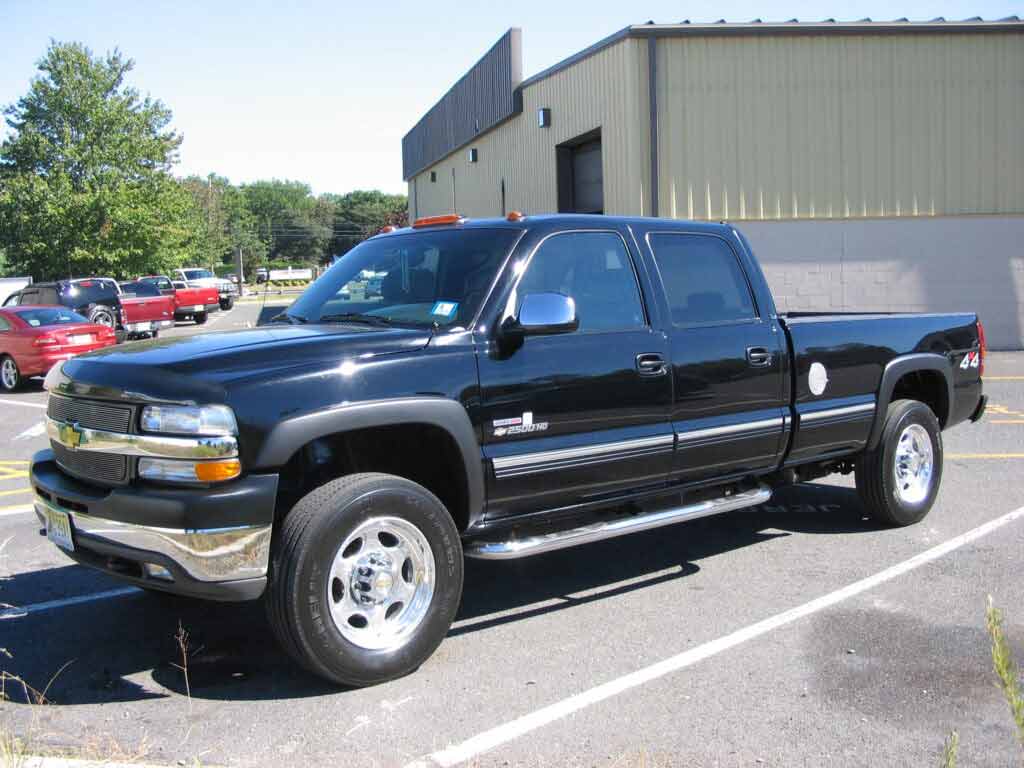
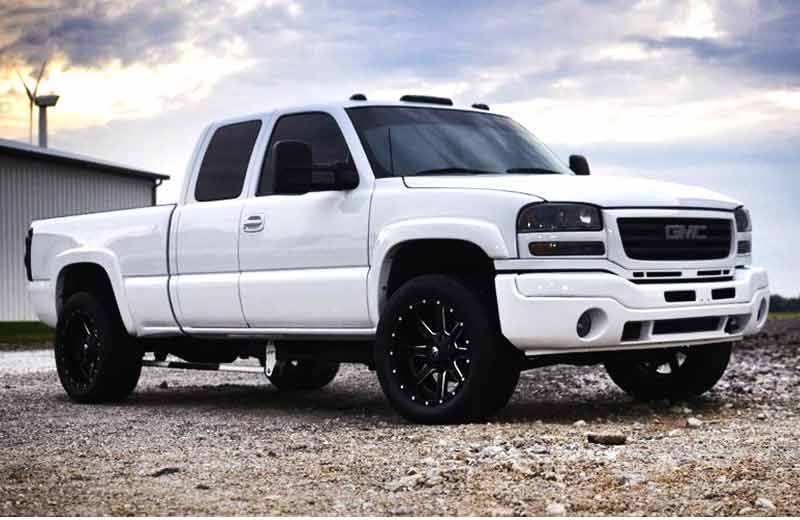
LB7 History/General Info
Twelve years after Dodge altered the heavy-duty truck landscape, GM introduced a diesel engine that would finally help establish them as a legitimate competitor in the diesel marketplace. The Duramax diesel was introduced for the 2001 model year, replacing the Detroit Diesel 6.5L. The all-new Duramax (RPO ‘LB7’) was far superior to the outdated Detroit Diesel engine and featured some state-of-the-art technology.
Design of the Duramax diesel began in 1997 when General Motors and Isuzu Motors paired up to create DMAX Ltd. A little over 3 years after the initial concept, the LB7 Duramax diesel went into production. The resulting engine was a state-of-the-art 6.6L V8 with four-valves-per-cylinder. The LB7 put out a segment-best 300 hp and 520 lb-ft of torque.
The LB7 Duramax was considered revolutionary at the time and utilized a turbocharger, intercooler, and direct-injection. One of the biggest highlights was the use of common rail technology developed by Bosch, preceding Dodge by two years and Ford by seven years. Aluminum cylinder heads were another polarizing new feature as the lightweight alloy was typically not found on top of a diesel engine. Ford introduced aluminum cylinder heads a full decade later with the debut of the 6.7L Powerstroke in 2011.
Allison Transmission
The real star of the show to many people was the introduction of the Allison 1000, arguably the first automatic transmission in its class worthy of being mated to a diesel. Besides the Allison 5-speed automatic transmission, buyers could also select a ZF 6-speed manual. The Allison automatic was the much more popular choice among buyers.
The LB7 Duramax was offered in the 2001-2004 Chevrolet Silverado 2500HD/3500HD and GMC Sierra 2500HD/300HD twins, as well as the medium-duty Chevrolet Kodiak and GMC TopKick. The 1999-2006 body style (GMT800) is considered a First-Generation Silverado or Second-Generation Sierra. Prior to 1999, the Silverado was simply a trim level on the C/K series of trucks. The GMT800 HD platform was not released until 2001, coinciding with the introduction of the LB7. Its predecessor, the Heavy-Duty GMT400, was sold alongside the new body style GMT800 Silverado/Sierra 1500 for the 1999-2000 model years.
GMT800 HD
The GMT800 HD featured a leaf spring suspension in the rear with a torsion bar independent suspension upfront. The slight trade-off in ruggedness was a smoother, more car-like ride. The 2500HD and 3500HD trucks both featured a heavy-duty AAM 11.5″ rear axle and a GM 9.25″ IFS up front. Also new was a three-section frame system that could be mixed and matched depending on the cab and bed type. The front section was hydroformed, while the middle and rear sections were roll-formed or stamped, depending on the application. A total of four front sections, seven midsections, and four rear sections were designed and supported nearly 40 truck configurations.
The Silverado 2500HD/3500HD incorporated a taller grille and domed hood for a more menacing look. In addition, fender flares were installed to help upgrade the appearance on the sides. 2500HD models were available in Regular Cab Long Bed, Extended Cab Long Bed, Extended Cab Short Bed, Crew Cab Long Bed, or Crew Cab Short Bed. 3500HD models were limited to Long Bed models only (Regular, Extended, or Crew Cab). The Dually option was also exclusive to the 3500HD.
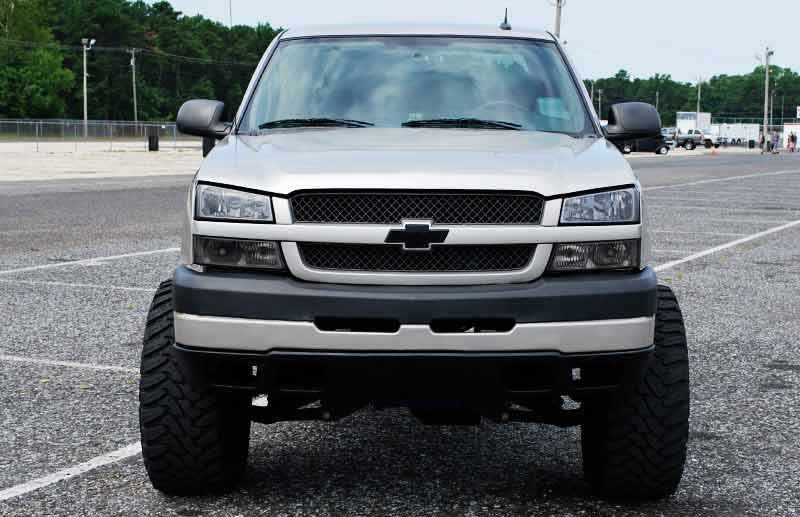
The Chevrolet Silverado 2500HD/3500HD was only sold for two years with the rounded nose before receiving a facelift for the 2003 model year. The new nose featured sharper lines and took some styling cues that originally debuted on the 2001 Chevy Avalanche. The GMC Sierra 2500HD/3500HD offers another alternative for buyers with another grille/front-end option.
LB7 Fuel Injector Issues
As impressive as GM’s new engine platform initially appeared, the LB7 was plagued with fuel injector issues. Injector failures were so frequent that GM eventually recalled the original units and replaced them with an updated design. The factory warranty was also extended to cover the new injectors for a period of 7 years or 200,000 miles.
What To Look For When Purchasing an LB7
The 2500HD/3500HD models came equipped standard with a Vortec 6.0L gas engine and offered two optional engine choices, the 8.1L big block or the 6.6L Duramax LB7. The Duramax is the most desirable drivetrain and will command a premium over the two gas-powered choices. The Duramax is the superior option for towing, and should also provide the best overall fuel economy of the three choices.
As with any older pickup, they are especially prone to rust. If the truck spent any time in a region that gets snow make sure to examine the frame for rust/rot. The bedsides, rocker panels, and bed cross members/floor supports are also common areas for rust. Also, make sure to examine both the brake and fuel lines as they are also known to get rusty over time. If leaks occur it can cause a potential safety hazard.
Some other smaller issues include easy fixes such as the tie rod ends and the harmonic balancer. The stock tie rods were on the weaker side and have been known to potentially bend or break in some extreme conditions. Upgraded tie rod ends or sleeves (to reinforce the factory tie rods) are available to fix this issue. Finally, the dowel pin that locates the harmonic balancer on the crankshaft can shear off, allowing the balancer to spin on the snout and possibly result in damage to the engine. For peace of mind, a crankshaft pin kit is cheap insurance to secure the balancer in place. This helps to make sure it unquestionably will not move.
Pros/Cons
Pros
- Allison Automatic Transmission
- IFS For A Smooth/Comfortable Ride
- Common Rail Fuel System With CP3 Pump
- Different Exterior Styling Choices (’01-’02 Silverado, ’03-’04 Silverado, or GMC Sierra)
Cons
- Body/Frame Rust
- Weak Tie Rod Ends
- Brake/Fuel Lines Prone To Rust
- Factory Dowel Pin That Holds The Harmonic Balancer In Place Can Shear
Review
The 2001-2004 Silverado/Sierra 2500HD/3500HD trucks should be relatively dependable if proper maintenance and the appropriate upgrades have been performed over the years. Buying a truck without rust issues can be difficult, especially depending on your location. The Duramax LB7 can be a good choice for someone looking to get into a heavy-duty diesel truck at a slightly more affordable price tag.
LB7 Popular Aftermarket Upgrades
300 hp and 520 lb-ft of torque might have led the class in 2001, but it is not as impressive twenty years later. Luckily the LB7 Duramax responds well to aftermarket modifications and can help close the gap quite considerably. Whether you are looking for upgraded performance, want to add more power for towing, or just looking to maintain your truck, these are some popular LB7 upgrades.
1. Chip/Programmer

Add up to 100 hp and 210 lb-ft of torque in a matter of minutes without breaking a sweat. It is easy to see why programmers are so popular on diesel trucks.
2. Air Intake System
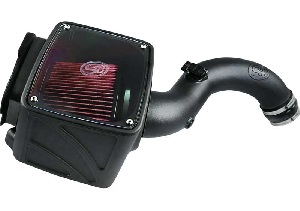
Increase the airflow and increase the power! Air Intakes are another popular upgrade that is very easy to install.
3. Exhaust
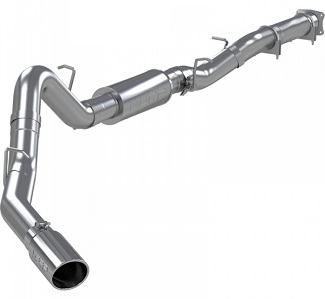
An aftermarket exhaust can increase horsepower/torque and reduce EGT’s (exhaust gas temperature).
4. LB7 Fuel Injectors
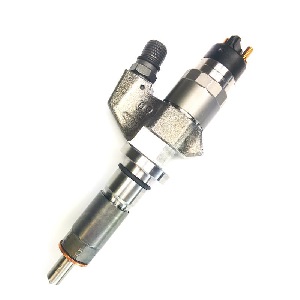
Fuel Injector issues are commonly associated with the LB7. Fortunately, a wide variety of new and remanufactured Fuel Injectors are available to fix any issues you might have.
5. Lift Pump
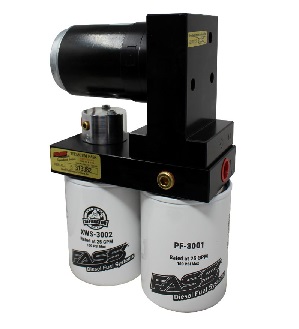
The LB7 Duramax doesn’t have a lift pump to supply the engine with fuel, it simply relies on the CP3 pump to pull fuel from the tank. This not only adds excessive wear to the CP3 pump but also fails to supply adequate fuel to a modified engine.
6. Water Pump
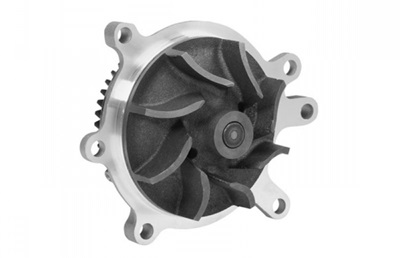
The water pump is another parts that has a reputation for being failure prone on the LB7. If you experience water pump leaks or failure, a large selection of Water Pumps are available to fix the issue.
7. Crankshaft Pin Kit
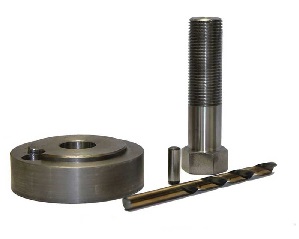
The factory dowel pin is known to easily shear causing the balancer to spin on the snout of the crankshaft. Eliminate the risk of engine damage and pin your crankshaft so the balancer stays in place.
8. Upgraded Tie Rods Ends or Sleeves
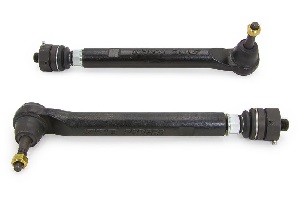
The stock tie rod ends were on the smaller side and are somewhat prone to bend or break. Upgrade the tie rods before they leave you stranded.
9. Drivers Side High-Flow Exhaust Manifold
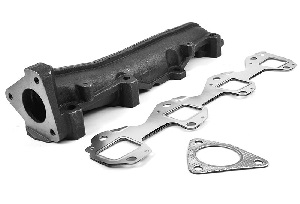
Ditch the factory “dented” or “kinked” driver’s side exhaust manifold and improve the exhaust flow with a high-flow exhaust manifold.
10. Radiator
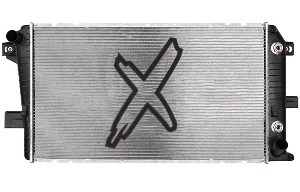
Since these trucks are pushing 20 years old, there is a good chance the radiator will need replacing eventually (if it hasn’t been replaced yet).
2001-2004 GM 6.6L Duramax LB7 Specifications
| Production Years: | 2001, 2002, 2003, 2004 | |
| Model Availability: | Chevrolet Silverado 2500HD, 3500HD GMC Sierra 2500HD, 3500HD | |
| VIN Code: | 1 (8th digit of VIN) | |
| Common Names: | LB7, Duramax | |
| Configuration: | V8 | |
| Displacement: | 403 cubic inches, 6.6 liters | |
| Bore: | 4.055″ (103 mm) | |
| Stroke: | 3.897″ (99 mm) | |
| Cylinder Heads: | Aluminum | |
| Engine Block: | Cast Iron | |
| Firing Order: | 1-2-7-8-4-5-6-3 | |
| Compression Ratio: | 17.5 : 1 | |
| Pistons: | Cast Aluminum | |
| Connecting Rods: | Forged Steel w/ Cracked Cap Design | |
| Aspiration: | Turbocharged & Intercooled | |
| Injection: | High Pressure Common Rail Direct Injection | |
| Fuel Pump: | Bosch CP3 Injection Pump | |
| Turbocharger: | IHI RHG6 Turbocharger (Fixed Geometry) | |
| Valvetrain: | OHV, 4 Valves Per Cylinder | |
| Idle Speed: | 680 rpm | |
| Max Engine Speed: | 3,250 (rev limiter) | |
| Weight: | Approx. 835 lbs (Dry) | |
| Oil Capacity: | 10 qts w/ Filter (9.46L) | |
| Horsepower: | 2001-2004 | 300 hp @ 3,100 rpm |
| Torque: | 2001-2004 | 520 lb-ft @ 1,800 rpm |
| Battery: | Group Size 78 | |
| Transmissions: | ZF S6-650 (6-Speed Manual) | |
| Allison 1000 (5-Speed Automatic) |
Fluid Specifications & Capacities
| Engine Oil: | 15W-40 | Preferred viscosity, ambient temp > 0° F | 10.0 qts Capacity w/ Oil Filter (9.46L) |
| 5W-40 | Preferred viscosity, ambient temp < 0° F, acceptable in all temps | 10.0 qts Capacity w/ Oil Filter (9.46L) | |
| Engine Coolant: | 50/50 Dex-Cool Engine Coolant, Distilled Water | 22.0 – 31.4 quarts (5.5 – 7.85 gallons) Refer to owner’s manual for application specific coolant capacity | |
| Automatic Transmission Fluid: | Allison 1000 (5-Speed) | Dexron III Automatic Trans Fluid | 7.4 qts service refill 12.7 qts total capacity |
| Manual Transmission Fluid: | ZF S6-650 (6-Speed) | GM TranSynd Full Synthetic | 5.8 qts |
| Transfer Case Fluid: | Manual Shift | Dexron III Automatic Trans Fluid | 2.0 qts |
| Automatic Shift | AUTO-TRAK II | 2.0 qts | |
| Front Differential Fluid: | 9.25″ IFS (14 Bolt) | SAE 80W-90 | 1.8 qts |
| Rear Differential Fluid: | AAM 11.5″ (14 Bolt) | SAE 75W-90 | 3.2 – 4.3 qts (Varies by Model Year) |
Maintenance Schedule
| Service Procedure | Interval |
| Replace Engine Oil & Filter: | 10,000 miles or when “change engine oil” message is displayed by the oil life monitoring system |
| Replace Fuel Filter: | 15,000 miles |
| Replace Air Filter: | Check filter condition every oil change and replace as necessary; replace at 45,000 miles regardless |
| Flush Engine Cooling System: | 150,000 miles |
| Replace Automatic Transmission Fluid & Filter: | 50,000 miles (normal conditions) 25,000 miles (severe duty conditions) |
| Replace Manual Transmission Fluid: | GM originally advised that the ZF S6-650 6 speed manual transmission does not require service. Consider replacing the fluid at 60,000 mile intervals, especially if usage meets any of the severe duty conditions. |
| Replace Transfer Case Fluid: | 50,000 miles |
